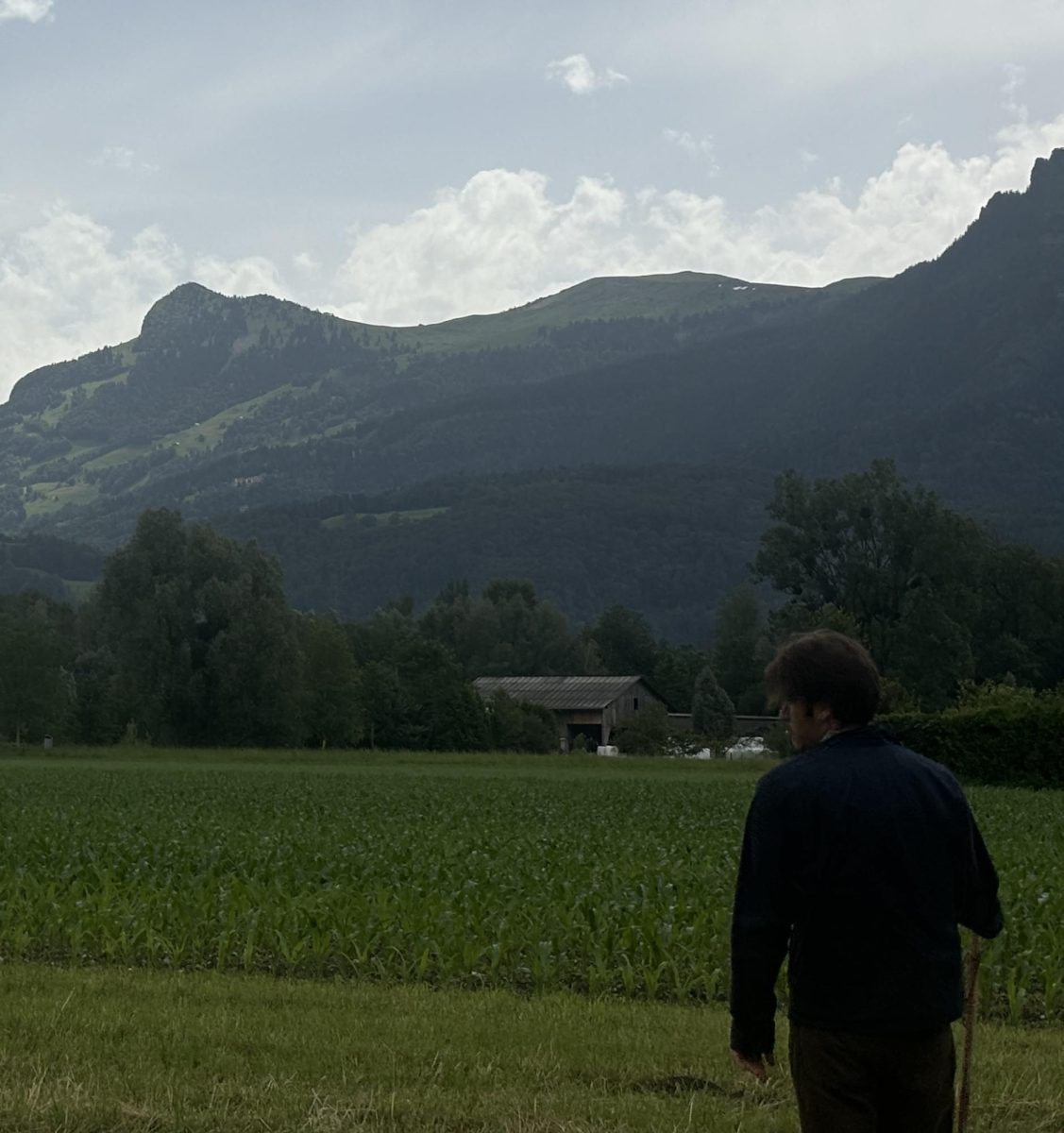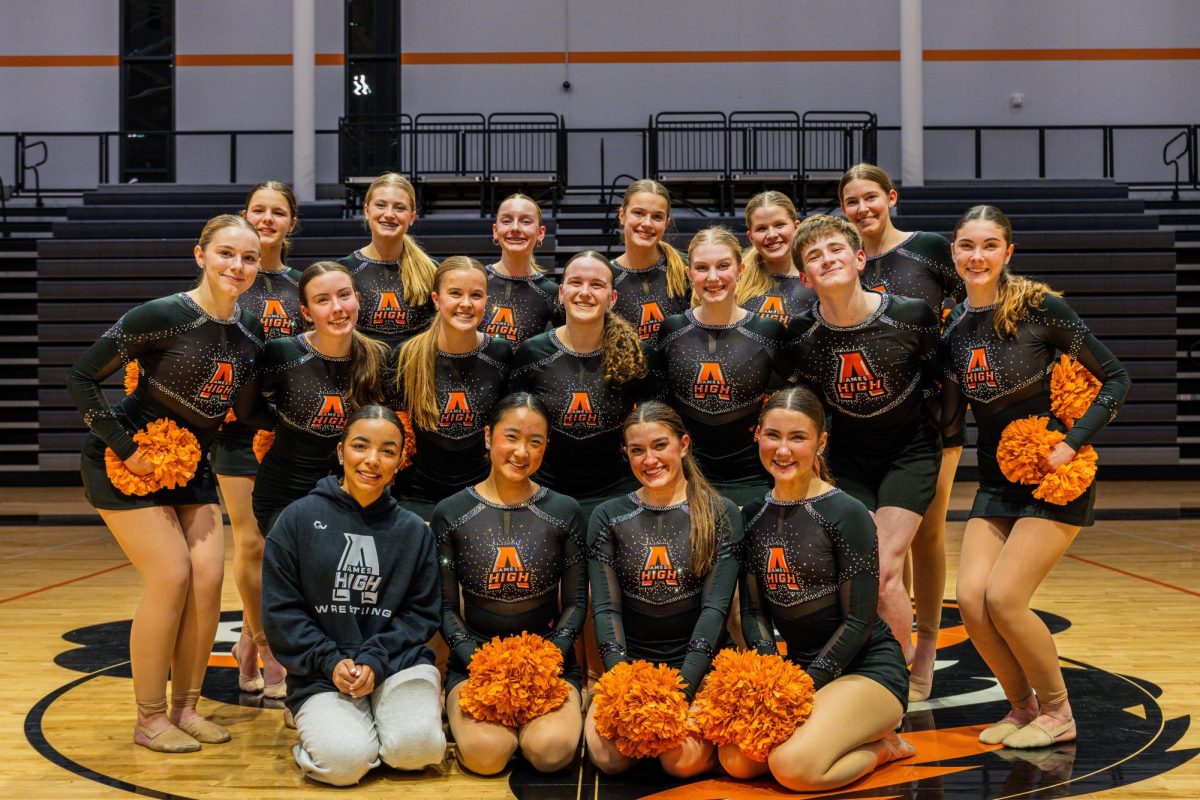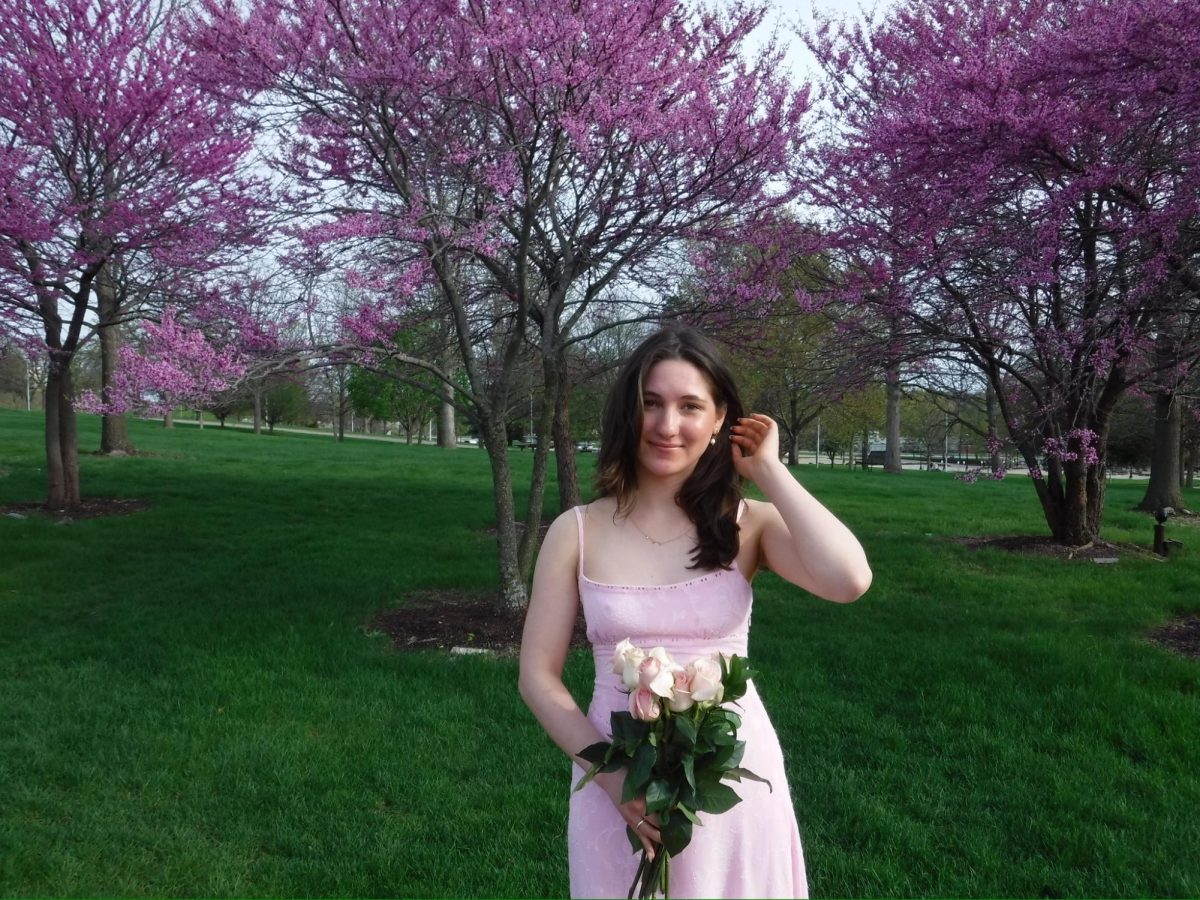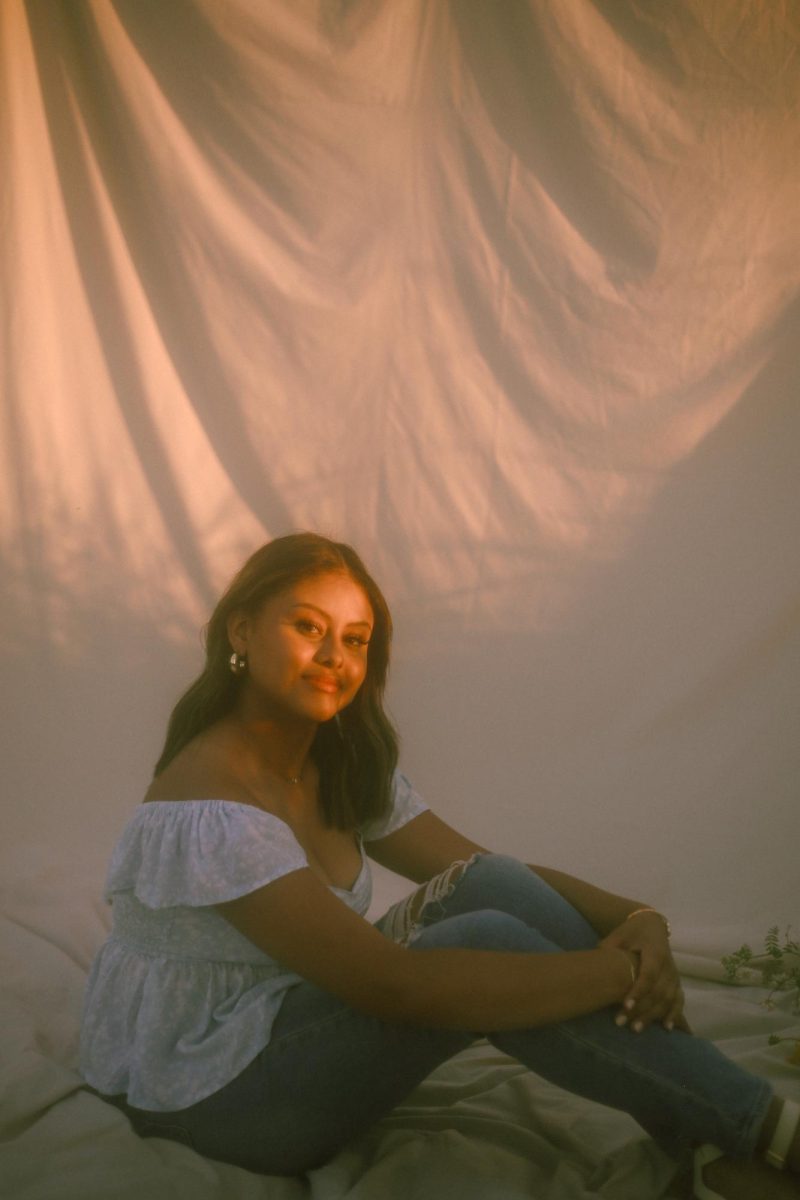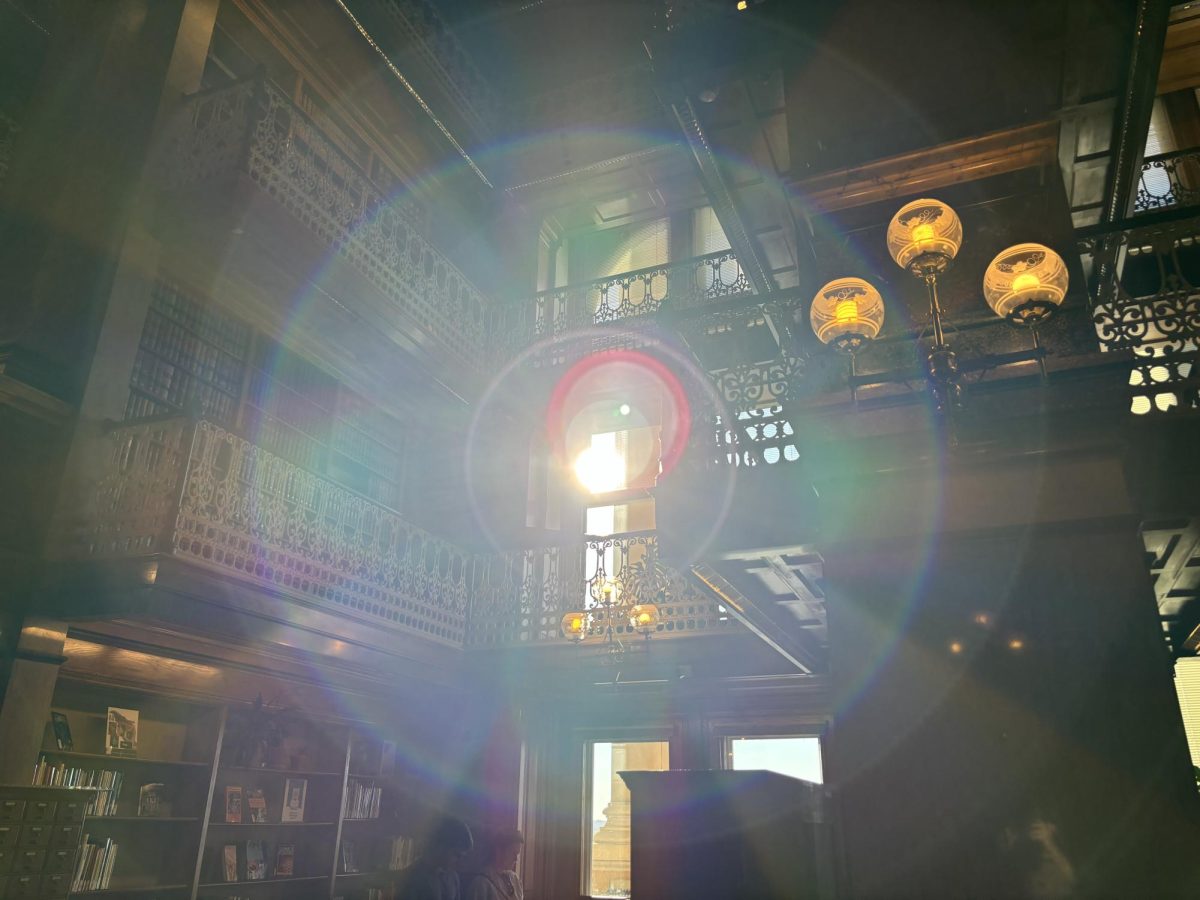The leaves have begun to change colors and the temperature has started to drop which means that itâs time to bring out fall and winter scarves! The scarf is a classic clothing article, originally designed for purely practical purposes. In recent years, however, the scarf has become less of a necessity and more of an accessory. Despite that fact that a scarf is considered quite fashionable regardless of season, scarves are particularly prominent during the fall months. Similarly to accessories such as a cute belt or piece of statement jewelry, a scarf is a great finishing touch to an already fabulous outfit. Although many students possess a variety of scarves to add to their outfit variety during the fall months, few students are familiar with where exactly scarves originated. Although the first use of the scarf as an article clothing is not clear, one of the first occurrences of the scarf was in the early Egyptian civilization, around 1350 BC. At that time, Queen Nefertiti, the great Egyptian beauty was a trendsetter with her costly scarves and head dresses. In Egyptian society, the scarf was widely regarded as a status symbol, reserved for only the highest members of society. This assumption held true for many centuries. Later on in Egyptian history, when Cleopatra was a significant figure in the world of politics and of fashion, she spread her influence into the Roman empire, where scarves caught on as both a fashion statement and practical tool. When worn for practical purposes, the scarf was referred to as a âsudarium,â which literally means âsweat cloth.â The prevalence of the scarf continued on for many centuries, phasing through eras where it was dedicated solely to practicality, and others where it was used solely for fashion purposes. During the Napoleonic Era in France, Napoleonâs Josephine brought a new level of elegance to scarves. In order to prevent her from becoming ill due to her prurient nature of dress, Napoleon bought her exotic, cashmere shawls from the Indian Empire. Later on, the scarf gained a new image as the order of the day in the early 1900âs. The traditional shawl-based scarf was transformed into chimerical feather boa, as performers such as Isadora Duncan made it a symbol of freedom. In the modern era, scarves now encompass many aspects of their historical styles. It is not uncommon to see a wide variety of scarves on a day to day basis, including traditional scarves, modeled after the type worn by Egyptians, and infinity scarves, modeled after the twentieth century style. Although scarves can be worn and appreciated by anyone, knowing the complex history behind their development, makes them a much more loved accessory.
Categories:
Falling for the history of scarves
October 29, 2012
Story continues below advertisement
0
Donate to The WEB
$200
$450
Contributed
Our Goal
Your donation will support the student journalists of Ames High School, and Iowa needs student journalists. Your contribution will allow us to cover our annual website hosting costs.








